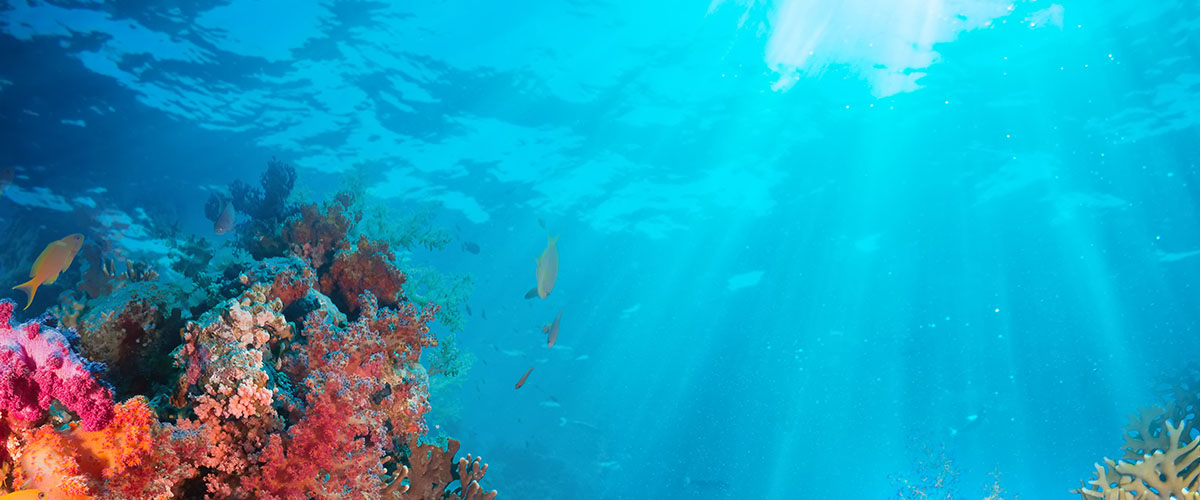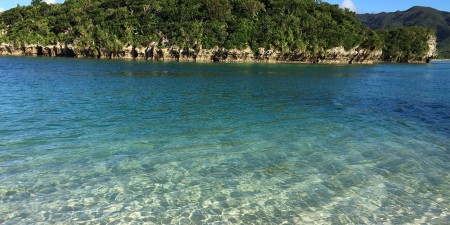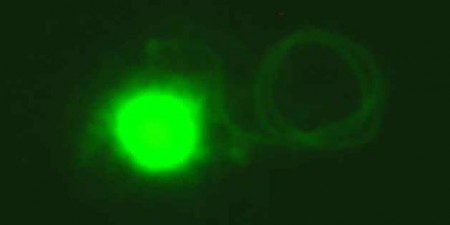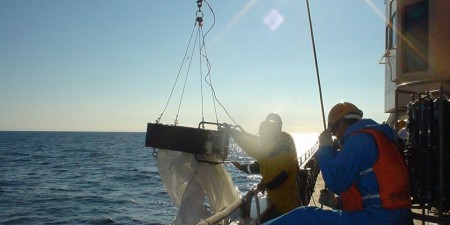
Overview
The word “bioelement” is a perhaps somewhat unfamiliar term used to refer to the elements—such as carbon, nitrogen, phosphorus, and sulfur—that are contained in the cells of all living organisms, including the human body. Living organisms incorporate bioelements taken from their environment (actually taken from compounds containing these elements) to construct their bodies. At the same time, bioelements are returned to the environment through the emission of metabolic waste products from living organisms or when living organisms die due to predation or other causes. This exchange of bioelements between living organisms and their environments is known as the cycle of bioelements and is mediated by biological activity.
The Marine Biogeochemistry Group has advanced studies on bioelements by conducting pioneering research, using diverse approaches and adopting a variety of distinct perspectives, on the cycle of bioelements in marine environments. This type of research will help deepen the base of scientific knowledge essential to humanity’s efforts to address the increasingly dire problems facing the Earth’s environment today, including global warming, nitrogen pollution, loss of bio-diversity and ecosystem deterioration.
Unique features
Research on cyclical processes involving bioelements may be broadly classified into two branches: a biological (biochemical and ecological) branch that seeks to understand metabolic processes involving bioelements by studying interactions among living organisms (particularly the food chain) and the ways in which living organisms use bioelements, and a chemical (geochemical) branch that seeks to understand the composition, chemical properties, and fluxes of nutrient compounds and organic matter in the environment. In this domain of research, scientists with backgrounds in biology and chemistry cooperate and utilize the strengths of their specific field to advance research in comprehensive ways to fuse disparate scientific disciplines.
A multitude of approaches
Measurements of metabolic rates in living organisms are a valuable tool for clarifying the biological and ecological sides of the cycle of bioelements. To this end, in our studies of marine environments we use various tracers to quantify dynamic processes such as metabolic rates (e.g. rates of photosynthesis and nitrogen-uptake processes) and the activities of hydrolyzing enzymes. In addition, we use flow cytometry and epifluorescence microscopy to analyze interactions such as predation and the infection of viruses among microorganisms involved in the cycle of bioelements. Furthermore, in collaboration with researchers in other disciplines, we analyze genomic data to study the metabolic properties of organic matter in marine microorganisms.
Isotope ecology—that is, the analysis of phenomena such as the food chain and the cycle of bioelements using natural abundance of various stable- and radio-isotopes in the environment—is a central pillar of research in this field. We conduct research designed to advance the development of new techniques for marine ecosystem analysis. Our efforts include the improvement of instruments to measure the stable isotopes, as well as a variety of pre-processing systems, to characterize compound-specific isotope ratios and radiocarbon in environmental samples.
We have cutting-edge facilities for the high-precision analysis of organic matter and nutrient salts. Exploitation of such precision analytical techniques allows us to gain new insights into the dynamics and distribution of dissolved organic matter in the oceans. In particular, we believe that many important questions remain to be answered concerning the composition and origins of persistent organic matter in ocean water.
Research conducted at multiple sites
Our work in this field involves research performed at multiple sites. We use the academic research ships R/V Hakuho and R/V Shinsei to conduct observations in both open ocean regions and coastal regions. We also use the International Coastal Research Center in the town of Otsuchi in Japan’s Iwate Prefecture to study ecosystem changes in Otsuchi Bay. In addition, we conduct research on bioelement dynamics at coral reefs off the Okinawan islands of Ishigaki and Iriomote. For a detailed description of this work, please see the section PROJECT.






